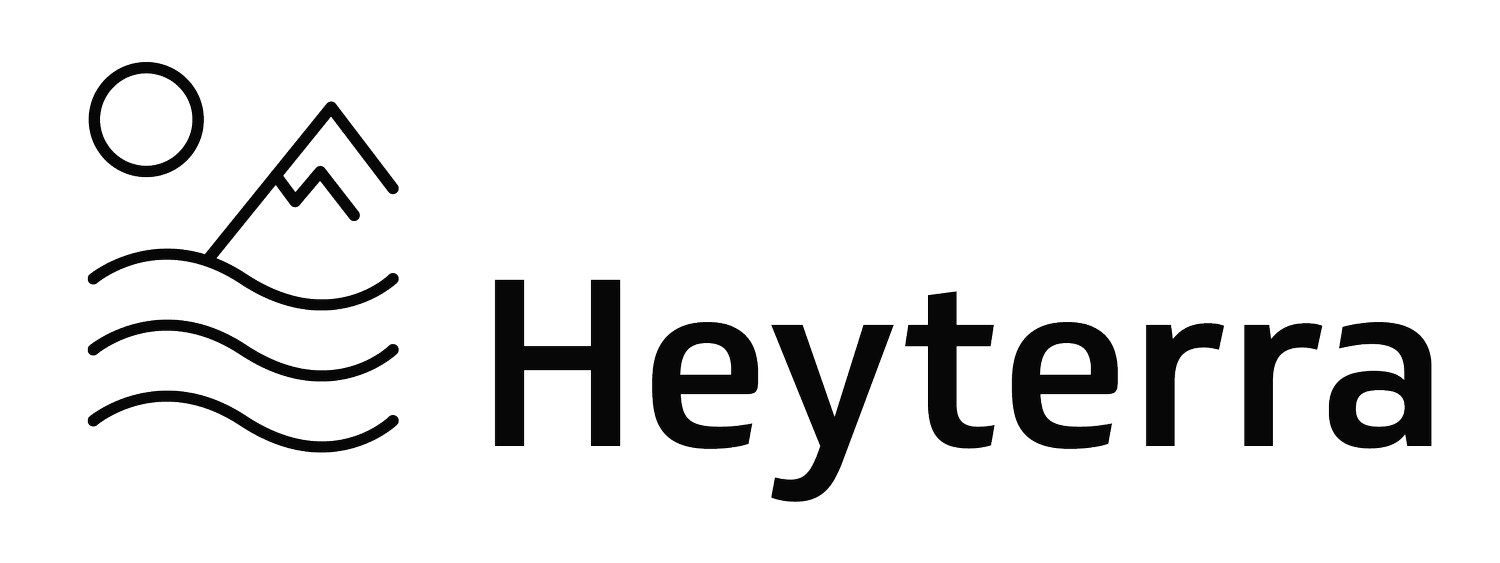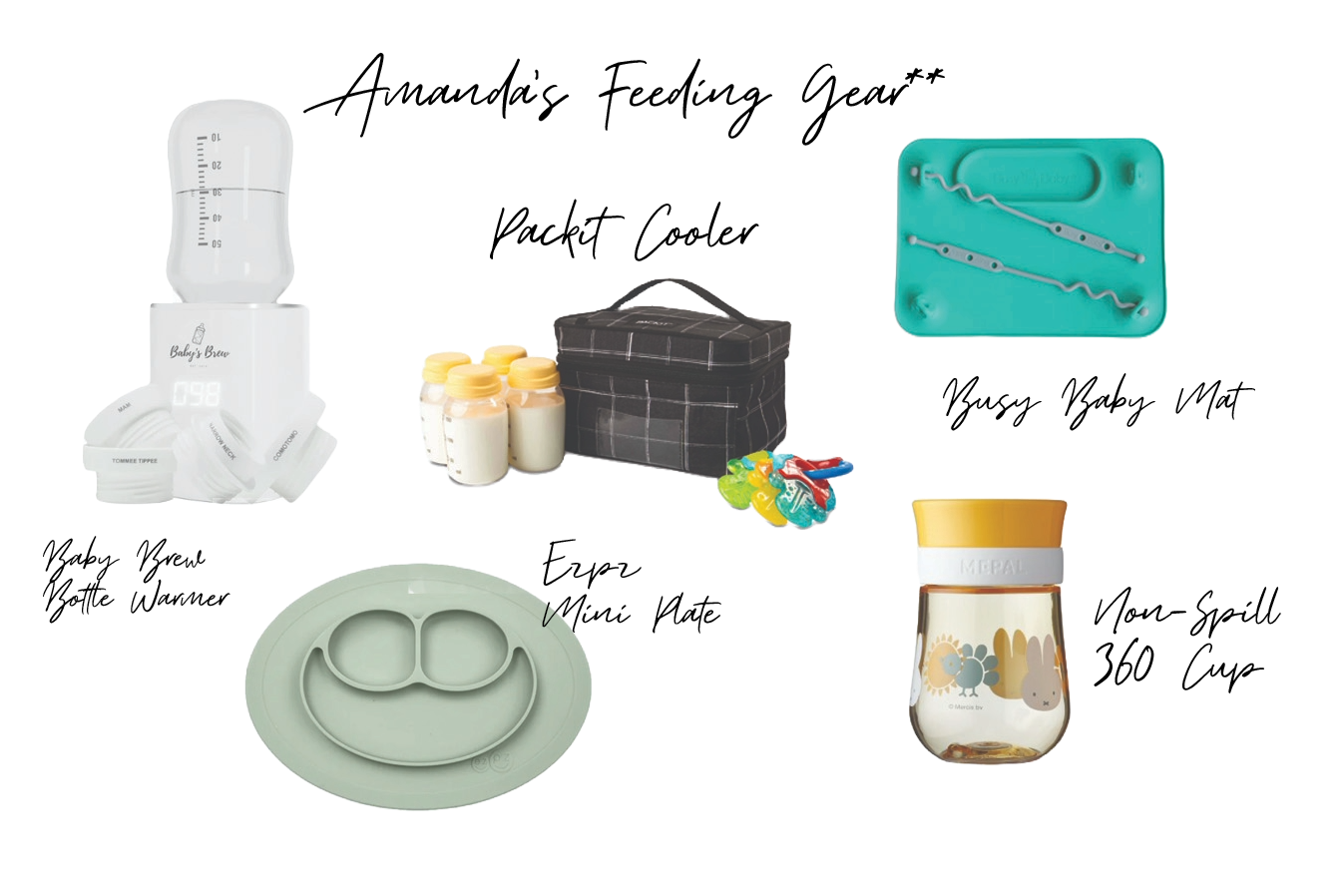Practical Tips for Feeding Your Baby While Traveling
Whether it’s nursing, formula feeding, pumping, or introducing solids, making sure your baby is fed while traveling is a journey unto itself! Amanda Kellner Klein shares her tips below.
Our blog is 100% reader-supported. When you buy through links on our site, we may earn an affiliate commission. Thanks!
The travel planning process looks quite a bit different after having a baby.
There is the flight planning: do we take the baby as a lap infant? Buy them a seat? The lodging: do we need an extra room for the baby? Where will they sleep? The activities: what can we do while babywearing or while rolling a stroller? And then, there is feeding.
Navigating feeding over the first year of a baby’s life can be a process filled with trial and error. Taking this journey on the road may add another layer of overwhelm. But, there are clever ways to pack and simplifications to the process that can return a sense of confidence to the experience of traveling with a baby, whether it involves nursing, formula, pumping or introducing solids.
First, it’s key to know that when flying with a baby, there is no limit to the amount of breastmilk, formula, or baby/toddler food and drinks parents are allowed to bring through security. Frozen breastmilk is not typically tested by airport security but it’s likely that liquid breastmilk will be tested. Whenever airport security is involved, I recommend building in extra time in case bags with feeding items get flagged for inspection.
Speaking of bags, a pump bag (containing a breast pump) does not count as a carry-on item for flights. Because a breast pump is a medical device, a pump bag can be carried on in addition to your standard baggage allowance. On top of the breast pump itself, great items to include in a pump bag are pumping bras, a nursing cover, breastmilk storage bags and a Sharpie to label them with, pump cleaning wipes and a snack or two.
Make sure to check that the voltage of your breast pump is compatible with the voltage at your destination, to avoid any charging issues. Whether pumping, nursing, or doing both, a nursing cover comes in handy to create a comfortable environment while doing these activities in public spaces. Many airports have mothers’ pods and lactation lounges as dedicated spaces to pump or nurse, as well. Don’t forget to stay hydrated! There is so much going on during travel days that we can forget to drink water, an important tool for milk supply.
For pumped milk, I bring along an insulated cooler from PackIt for milk storage and feed the baby the oldest pumped milk first to extend the shelf life of the milk available. If staying at a hotel, I’ll email the front desk in advance to ask two things. First, for them to please clear out the mini fridge in our room so I can store pumped milk. Second, whether I can store pumped milk bags in their staff freezer. For longer trips, it’s helpful to have freezer access and I have never heard a no to this request!
If using formula, portion out the expected serving size into small containers to avoid scooping from a large formula tin while on the go. I typically bring a few extra servings sorted into a stackable container in our carry on bag during flight days, just in case. Of course it would be ideal not to have to warm bottles on the go, but some babies prefer their warm milk and in this case the Baby’s Brew bottle warmer is my go-to.
As challenging as it may be, try not to overpack the feeding supplies. Calculate how many bottles you’ll need during a travel day to minimize lugging extra gear. My general rule is to pack enough bottles for one day of use, and plan to wash them all at the end of each day while traveling.
A helpful item to pack in your checked bag is a portable bottle cleaning rack. There are many options that fold to be compact and include a brush so all you need is soap upon arrival. Upon arrival, I recommend acquiring a large bowl or container to store dirty bottles. Travel lodging tends to be more compact than kitchens at home so the bowl or container aids in keeping dirty bottles organized and separated from clean ones.
The next wrench to throw into baby feeding while traveling is introducing solids. This is one area where I would say: try to reduce the pressure that comes with this stage! Take it slow and introduce the simple, non-allergenic foods first. Introduce allergens a few times at home before traveling, if possible. During this transitional stage, buying simple fruits and vegetables at your destination and mashing them up is an excellent way to keep the introduction of solids going.
Notable items to pack for introducing solids are a silicone bib with a pocket, a Busy Baby mat, ezpz’s mini plate, a small fork & spoon, and a non-spill 360 cup.
After solids have been introduced, consider packing convenient foods for travel days; snacks your child likes and that are not particularly messy. Packaged snacks like puffs, pouches (or homemade purees), and bars, in addition to easily portable fruit like strawberries and bananas, have worked well for us.
Once the transition to cow’s milk takes place, some families like to travel with sealed milk that can be stored at room temperature until opened. This depends on how much milk your child drinks; my daughter is not a big milk drinker so we prefer to forgo milk in favor of water on travel days and to purchase a small carton of milk upon arrival.
Regardless of which stage a baby is in, keep an extra outfit or two in a carry-on bag while flying, or in a diaper bag while on day trips, in case the food situation gets messy. In the past, we have traveled with a portable high chair but I actually find it easier to arrange a high chair upon arrival or for the baby to sit on our laps to eat.
In general, traveling with babies is an experience that takes us out of our regular schedules and for that reason, it may require a flexible feeding schedule. I try to respect our usual feeding times while traveling by offering a snack or meal, all while knowing that my daughter may need to eat off-schedule. Even with plenty of pre-planning, if something is forgotten it’s likely the destination will have feeding supplies available if needed.





